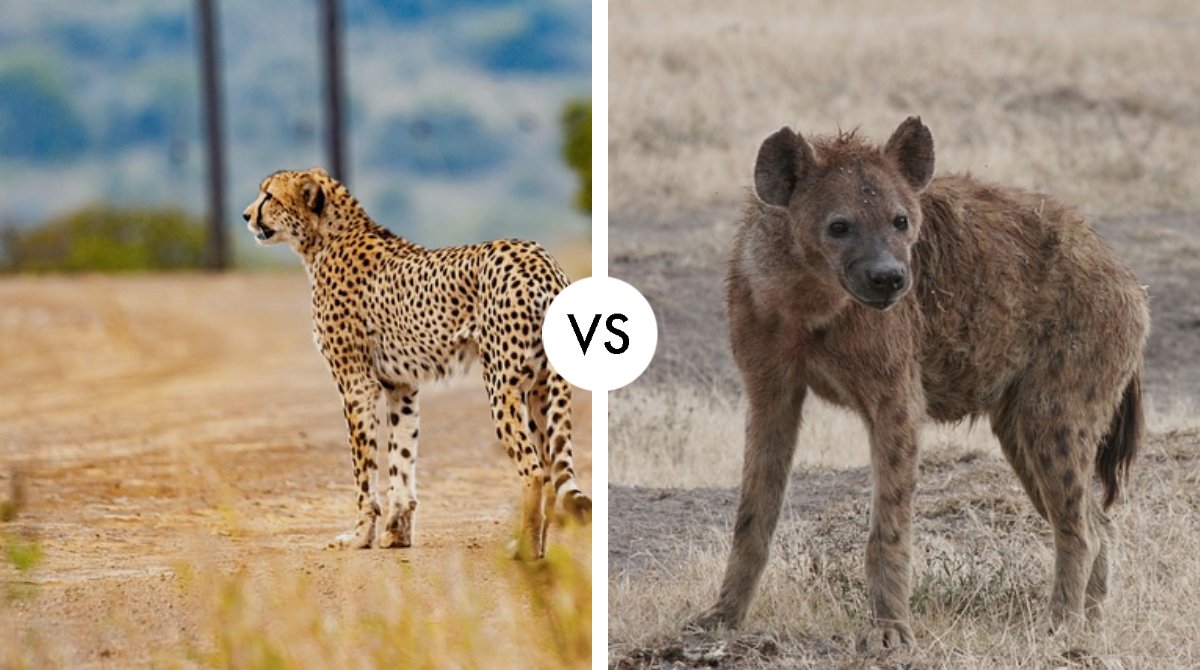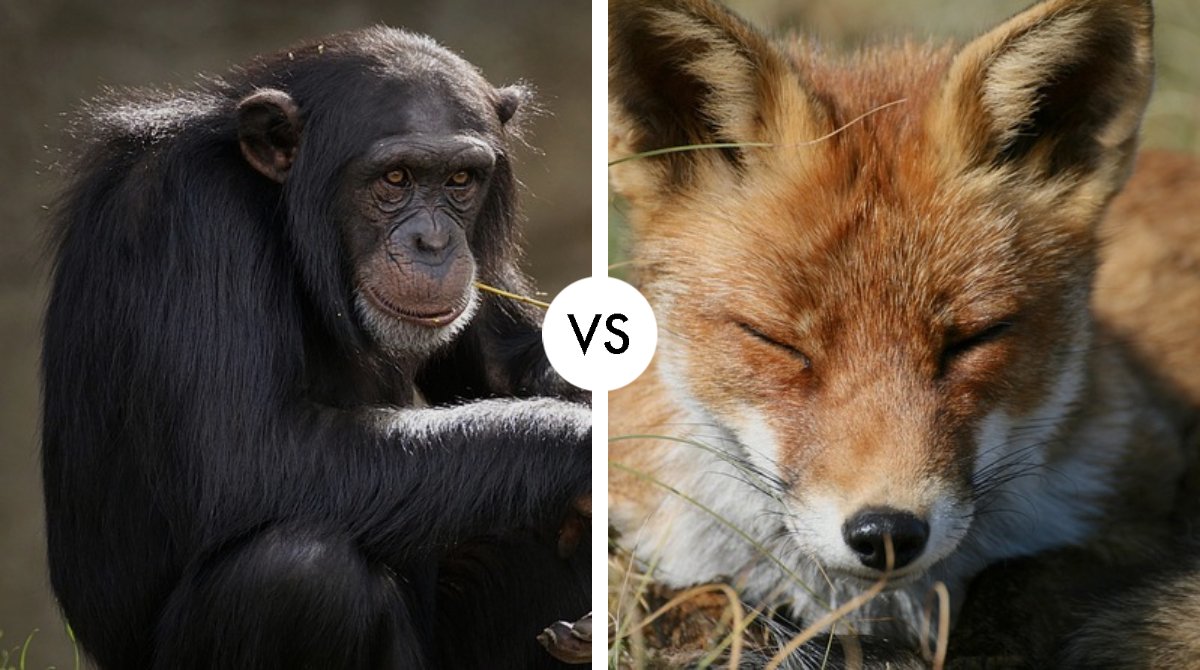Location and Habitat
The cassowary, a striking bird known for its vivid blue face and long, dagger-like claws, primarily inhabits the tropical rainforests of New Guinea, nearby islands, and northern Australia. These elusive birds prefer dense vegetation where they can find ample food such as fruits, seeds, and small vertebrates. Cassowaries are crucial for seed dispersal, making them vital to their ecosystem’s health.
On the other hand, the Komodo dragon, the largest living species of lizard, is found on a handful of Indonesian islands, including Komodo, Rinca, Flores, and Gili Motang. These formidable reptiles dominate their environments, roaming the savannas, rainforests, and beaches of these islands. Komodo dragons are carnivorous, feeding on a wide range of prey from birds to large mammals, and their presence at the top of the food chain makes them key apex predators in their habitats.
Cassowary vs. Komodo Dragon Comparison
| Animal | Size and Weight | Ability to Finish Opponent | Weaponry |
|---|---|---|---|
| Cassowary | Up to 6 feet tall, weighs up to 130 lbs | High – can deliver lethal kicks | Powerful legs with sharp claws |
| Komodo Dragon | Up to 10 feet long, weighs up to 150 lbs | High – venomous bite that can cause shock and blood loss | Sharp teeth, strong jaws, venomous glands |
“`
Hunting and Skills
The cassowary, primarily a frugivore, occasionally supplements its diet with small vertebrates and invertebrates, but it mainly consumes fruits, seeds, and fungi found in its native forest habitats. As a defensive creature, the cassowary is equipped with powerful legs and sharp claws, capable of delivering lethal kicks to potential threats, including humans, when provoked or cornered.
The Komodo dragon, on the other hand, is a formidable predator native to Indonesian islands and preys on a variety of animals. It hunts through ambush, using its stealth to surprise large prey such as deer, pigs, and even water buffalo, as well as consuming smaller animals and carrion. Its saliva contains potent bacteria and venomous proteins that can debilitate its prey, leading to a slow death and an eventual feast for the dragon. Komodo dragons are also known for their robust defensive skills, using their strong tail, claws, and intimidating size to ward off competitors or threats.
Cassowary vs. Komodo Dragon Who Would Win?
The cassowary, using its powerful legs, delivers swift kicks to the komodo dragon. The komodo dragon attempts to bite and latch onto the cassowary with its venomous bite. Both animals are highly aggressive and have lethal capabilities. The cassowary’s speed and powerful kicks could cause significant damage to the komodo dragon, potentially breaking bones or causing internal injuries. However, if the komodo dragon successfully bites the cassowary, its venom could lead to severe infection and gradual weakening of the cassowary. Given the cassowary’s agility and the potency of the komodo’s venom, the fight could go either way.
Winner: 50% chance of winning for each.




